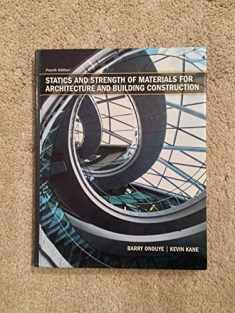
Building Control Systems
Book details
Summary
Description
Architects were once charged with designing entire buildings, including the HVAC, lighting and power systems. But with the advent of more complex technologies, engineers and other specialists became responsible for these systems, with architects assuming expanded roles as team managers. The latest edition of Building Control Systems provides architecture students with the larger picture without overwhelming them with details. In emphasizing a conceptual understanding of the functions of various systems and how they interact with building components, the book provides the exact information that tomorrow’s architects will need to effectively communicate and coordinate with consultants in all of the many building disciplines. This revised Second Edition covers the theoretical bases for thermal control…the systems used to control the thermal environment within buildings…various electrical systems, including power and lighting…such building control topics as plumbing services and fire protection…and economics-based design decision making. Building Control Systems, Second Edition provides coverage of:
- New building designs that minimize our dependence on nonrenewable fuels and use only a "fair share" of renewable fuels with important steps toward cutting costs and preserving precious resources
- Such pressing environmental concerns as indoor air quality, "sick building syndrome," noise pollution, global warming, and depletion of the ozone layer and the impact on building design
- New technologies, including new passive thermal control systems designed to minimize energy consumption
- The latest building codes for architects and specialists on the design team


We would LOVE it if you could help us and other readers by reviewing the book
Book review





